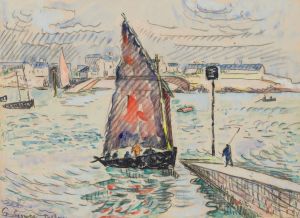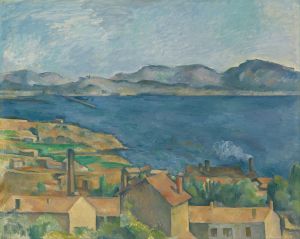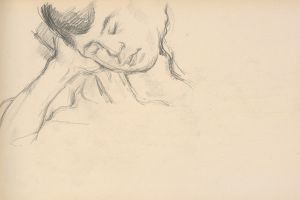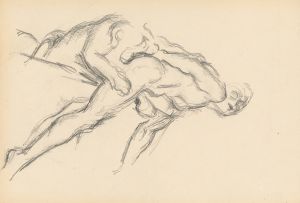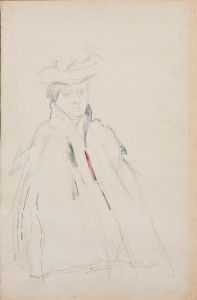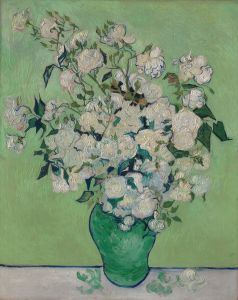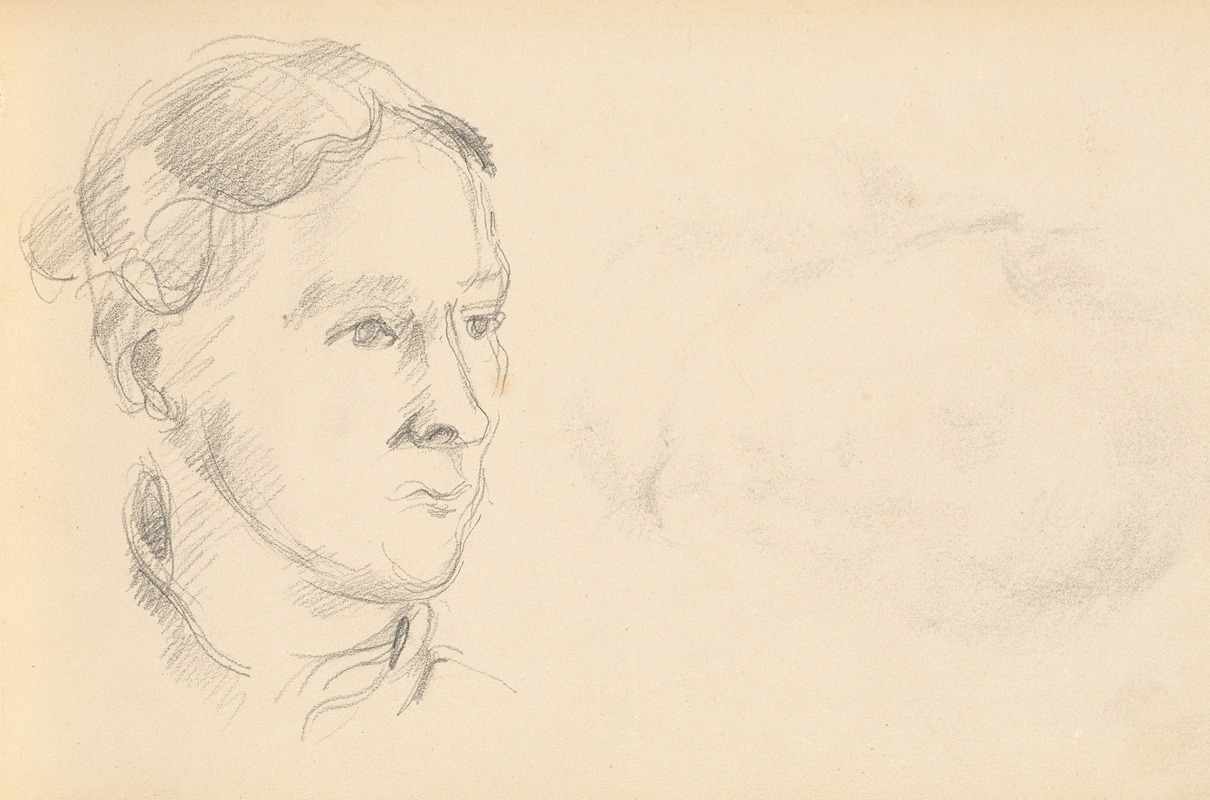
Madame Cézanne
A hand-painted replica of Paul Cézanne’s masterpiece Madame Cézanne, meticulously crafted by professional artists to capture the true essence of the original. Each piece is created with museum-quality canvas and rare mineral pigments, carefully painted by experienced artists with delicate brushstrokes and rich, layered colors to perfectly recreate the texture of the original artwork. Unlike machine-printed reproductions, this hand-painted version brings the painting to life, infused with the artist’s emotions and skill in every stroke. Whether for personal collection or home decoration, it instantly elevates the artistic atmosphere of any space.
Madame Cézanne is the title commonly used to refer to a series of portraits created by the French Post-Impressionist painter Paul Cézanne. These works depict Hortense Fiquet, Cézanne's wife and frequent model. Over the course of their relationship, Cézanne painted approximately 29 portraits of Hortense, including both oil paintings and watercolors. These portraits are considered significant examples of Cézanne's evolving artistic style and his contribution to modern art.
Hortense Fiquet and Paul Cézanne met in the 1860s, and she became his companion and later his wife. Despite their long relationship, Cézanne kept their union a secret from his father for many years, fearing disapproval. Hortense often served as a model for Cézanne, and her likeness appears in numerous works, making her one of the most frequently depicted figures in his oeuvre. The Madame Cézanne portraits are notable for their introspective quality and the artist's focus on form, structure, and color rather than emotional expression.
The Madame Cézanne series showcases Cézanne's distinctive approach to portraiture. Unlike many of his contemporaries, Cézanne did not aim to capture a detailed likeness or convey the sitter's personality. Instead, he emphasized the geometric forms and spatial relationships within the composition. Hortense is often portrayed with a calm, detached expression, seated in a simple setting. Cézanne's use of color and brushwork in these portraits reflects his interest in exploring the underlying structure of his subjects, a hallmark of his artistic philosophy.
One of the most well-known paintings in the series is Madame Cézanne in a Red Armchair (circa 1877), which is housed in the Museum of Fine Arts, Boston. In this work, Hortense is depicted seated in a red chair, wearing a patterned dress. The composition is characterized by Cézanne's use of bold colors and his focus on the interplay between the figure and the surrounding space. The painting exemplifies Cézanne's departure from traditional portraiture and his innovative approach to form and perspective.
The Madame Cézanne portraits have been the subject of extensive scholarly analysis and are regarded as a key component of Cézanne's artistic legacy. They provide insight into his methods and his transition from Impressionism to a more structured, analytical style that would later influence movements such as Cubism. Today, these works are held in major museum collections around the world, including the Metropolitan Museum of Art in New York, the Musée d'Orsay in Paris, and the National Gallery of Art in Washington, D.C.
Through the Madame Cézanne series, Paul Cézanne not only captured the image of his wife but also pushed the boundaries of portraiture, leaving a lasting impact on the development of modern art.






